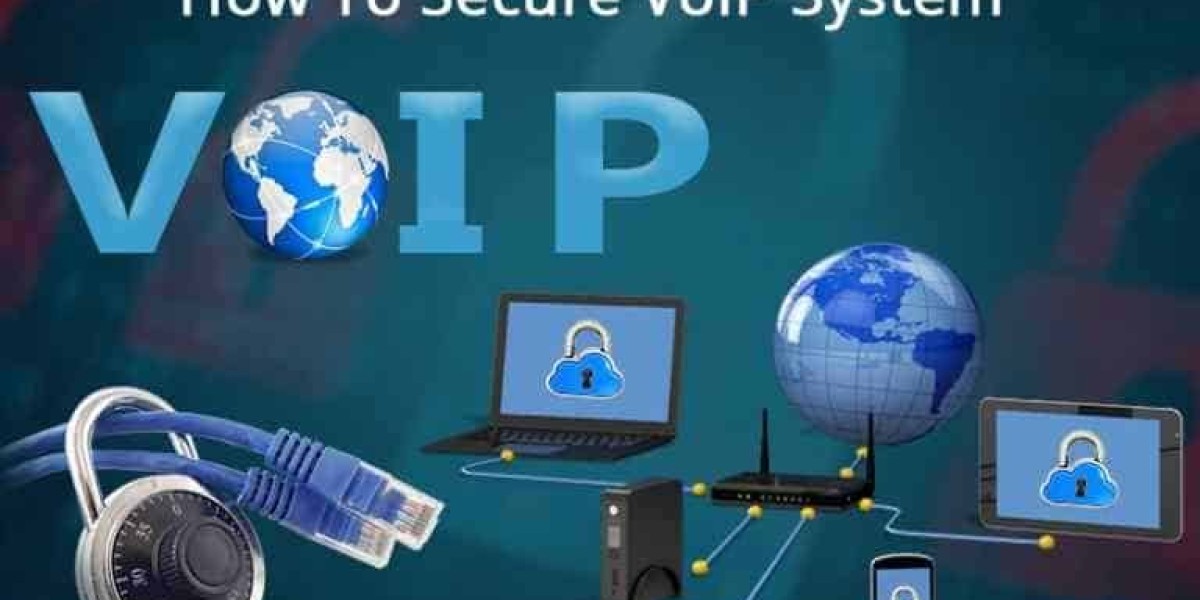Voice over Internet Protocol (VoIP) has become the go-to communication solution for modern businesses. It’s cost-effective, flexible, and packed with features that traditional phone lines can’t match. But with convenience comes risk. Since VoIP runs on the internet, it’s vulnerable to many of the same cyber threats that target networks and data. As we move into 2025, businesses must stay alert to the evolving security challenges surrounding VoIP.
1. Call Interception and Eavesdropping
One of the biggest threats to VoIP security is unauthorized interception of calls. Hackers use techniques like packet sniffing to capture voice data as it travels over the internet. This can expose sensitive business information, client details, and even financial transactions. Without encryption, conversations are like open books for cybercriminals.
2. Phishing and Vishing Attacks
Social engineering attacks are on the rise. With VoIP, criminals often exploit caller ID spoofing to trick employees into believing they’re speaking with trusted contacts. Known as “vishing” (voice phishing), these attacks are designed to extract login credentials, banking information, or confidential company data. In 2025, as AI-powered voice cloning grows more sophisticated, these scams will become even harder to spot.
3. Distributed Denial of Service (DDoS) Attacks
VoIP systems are highly vulnerable to DDoS attacks, where hackers flood the network with traffic, overwhelming servers and shutting down communication. For businesses that rely on VoIP for customer support or sales, downtime can mean lost revenue and damaged reputation. Attackers may also use this disruption as leverage for ransom demands.
4. Toll Fraud
Toll fraud happens when cybercriminals gain access to a company’s VoIP system and make unauthorized international calls. The cost can skyrocket within hours, leaving businesses with massive bills. In 2025, fraudsters are leveraging automated tools to identify weakly protected VoIP systems, making this an even bigger concern for small and mid-sized businesses.
5. Malware and Ransomware
Since VoIP is tied to business networks, it’s a potential entry point for malware and ransomware attacks. If an attacker compromises your VoIP system, they can spread malicious software across your network, locking up files or demanding payment to restore access. With ransomware attacks projected to increase globally in 2025, VoIP security is no longer optional—it’s essential.
6. Insider Threats
Not all VoIP risks come from outside. Disgruntled or careless employees may misuse the system, share credentials, or leave backdoors open for attackers. In many cases, the lack of training and poor password hygiene create opportunities for breaches.
Protecting Your VoIP System in 2025
To guard against these threats, businesses should:
Enable end-to-end encryption for all VoIP communications.
Use strong authentication methods, such as multi-factor authentication (MFA).
Regularly update VoIP software and hardware to patch vulnerabilities.
Invest in firewalls and intrusion detection systems tailored for VoIP traffic.
Train employees to recognize phishing and vishing attempts.
Final Thoughts
VoIP is here to stay, but so are the threats that target it. Businesses in 2025 cannot afford to treat VoIP security as an afterthought. By understanding the risks and adopting strong protective measures, organizations can enjoy the benefits of VoIP without putting sensitive data—or their reputation—at risk.






